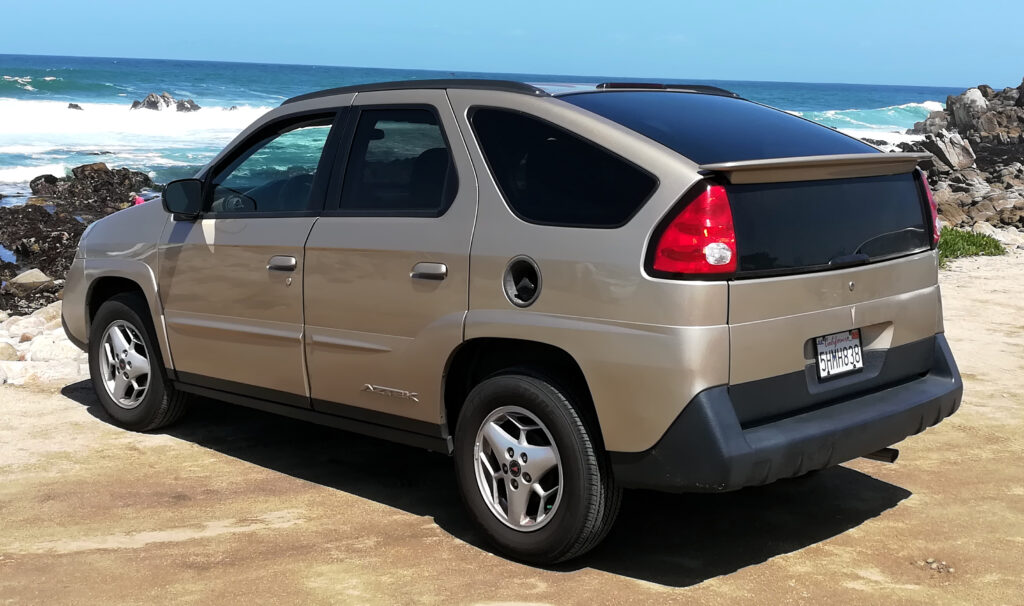uscbucsfan
Active Member
Someone on the Rivian forum said the 4695 cells were traditional lithium-ion chemistry and would therefore hold much more energy than the 4680s, even if they were the same size. I didn't read much more, because it's all speculation.I've counted the cell on Rivian structural pack
34 by 8 cells on each module, 3 modules, extrapolating from 4680 energy content of 86 to 95 Wh per cell, each 4695 cell should be somewhere from 102 to 113 Wh
In that config, R2 pack should be somewhere around 83 to 92 kWh, no point trying to predict efficiency since all we know is 300+ miles of range, but I wouldn't expect it to beat or even get close to Model Y efficiency since it's much boxier and higher
We can also try to speculate pack voltage, configs that are easy to do in this pack layout are 102S8P and 367 V nominal and 204S4P 734 V
I don't think they will go higher voltage since for smaller vehicles it doesn't make much sense, plus larger cells without a tabless electrode or similar charge slower (or even with tabless, looking at you Cybertruck)
View attachment 1025619
What do you think about that statement? BS? Impossible to tell?





